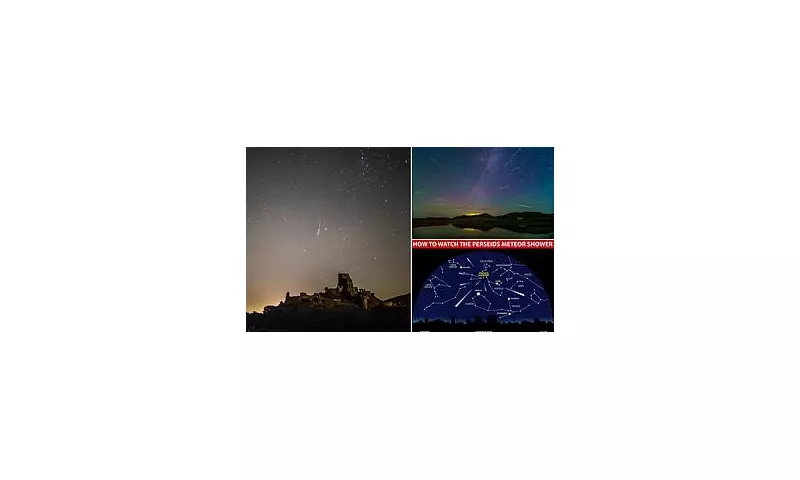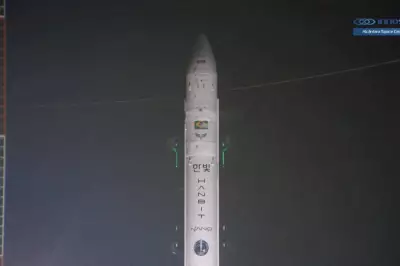
The annual Perseid meteor shower, one of nature's most dazzling light shows, is set to reach its spectacular peak tomorrow night, treating skywatchers across the UK to a celestial fireworks display.
When to Watch the Cosmic Spectacle
Astronomy enthusiasts should mark their calendars for the night of August 12-13 when the shower will be at its most intense, with up to 100 meteors per hour streaking across the sky. The best viewing window falls between midnight and dawn, when the constellation Perseus (the shower's radiant point) climbs higher in the sky.
Perfect Conditions for Stargazing
This year's show comes with particularly favorable conditions as the waxing crescent moon will set early, leaving dark skies ideal for meteor spotting. 'The lack of moonlight means fainter meteors will be visible,' explains Dr Sarah Rogers from the Royal Astronomical Society.
Top Tips for Meteor Watching
- Find a dark location away from city lights
- Allow 20 minutes for your eyes to adjust to the darkness
- Lie back on a reclining chair or blanket for comfort
- Be patient - the show improves as the night progresses
- No special equipment needed - best viewed with naked eyes
The Science Behind the Show
The Perseids occur when Earth passes through debris left by comet Swift-Tuttle. These tiny particles, some as small as grains of sand, burn up in our atmosphere at 134,000 mph, creating the brilliant streaks we see as 'shooting stars'. The shower has been observed for about 2,000 years, with records dating back to 36 AD in Chinese annals.
While the peak occurs tomorrow, the shower remains active until August 24, so those who miss the main event still have chances to catch some stragglers in the coming nights.





